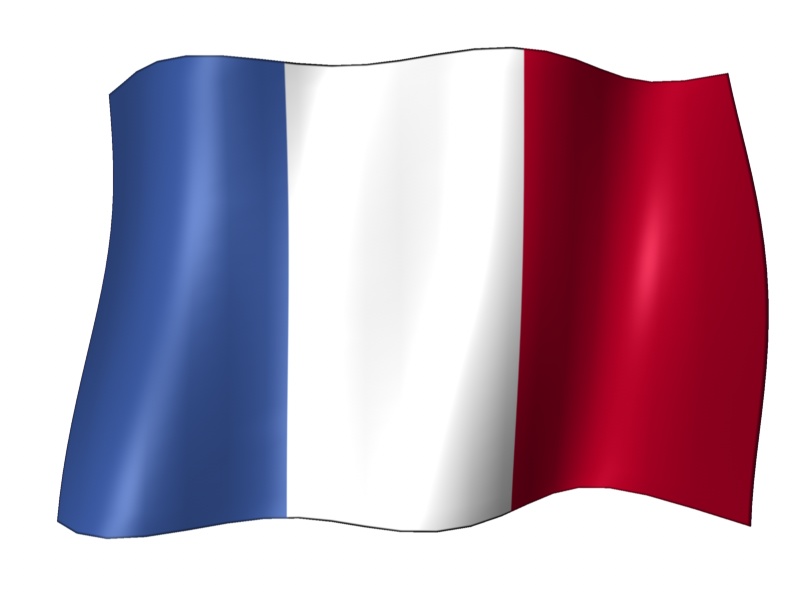Visiting the vineyards in France's Beaujolais region
 Paris - With his dark blue linen trousers, a pullover draped across his shoulders and the dog at his side Ghislain de Longevialle looks like a proper French chateau owner should. His castle at Vaurenard in southern Burgundy is reflected in the water of the duck pond while on the other side of a hedge stretches the vineyard where the grape variety Gamay is grown.
Paris - With his dark blue linen trousers, a pullover draped across his shoulders and the dog at his side Ghislain de Longevialle looks like a proper French chateau owner should. His castle at Vaurenard in southern Burgundy is reflected in the water of the duck pond while on the other side of a hedge stretches the vineyard where the grape variety Gamay is grown.
"You can get a lot more out of the Gamay grape than you would think," says de Longevialle. Gamay is the only grape variety used to make Beaujolais wine.
Gamay is well known because every year on the third Thursday in November the arrival of new Beaujolais wine is heavily publicised. The wine is just a few weeks old in November and best suited to getting a sore head with colleagues after work.
Wine makers such as de Longevialle are annoyed by this image. They point out that there are other fine wines from the region that age well and develop a surprisingly full aroma.
De Longevialle takes visitors to his chateau to one of the outlying buildings on the grounds where he creates new wines with the nose of a perfume maker and the precision of a top chef. "The grapes only ferment between three and five days to make Beaujolais Nouveau," explains de Longevialle.
The steps of the stone stairs down to the cellar are worn by the feet of generations. De Longevialle opens one bottle after the next and invites his guests to sample the wine. The young wines have a fruity taste somewhat like cherry. The 2000 vintage is a little softer, has an earthy taste and is much more complex.
Many winemakers in Beaujolais are trying to improve the region's image of effervescent but inconsequential Beaujolais Nouveau with better quality wines. A growing number of them are placing greater importance on attracting wine connoisseurs to visit the gently rolling landscape of Burgundy instead of sending cheap wine around the world. They want outsiders to get to know "old" Beaujolais.
"Beaujolais is a classic stopping-over point on the way to the Mediterranean," says Pascal Dufaitre at Chateau de Pizay. The small castle close to the town of Morgon offers guests four star accommodation, training in wine appreciation, a spa and its own wedding chapel.
A touch more exalted is the 13th century Chateau de Bagnols which has been extensively restored by Lady Hamlyn from Britain. From the loungers in the lavender plant garden there is a wonderful panorama of the surrounding villages with their ochre stone houses.
VIPs such as actor Tom Cruise or wives of French presidents have been known to stay here. Those who can afford it can rent the complete chateau at the cost of 41,000 dollars a day. For the less well off there are rooms in the smaller vineyards where winemakers personally supervise wine samplings.
With all the wine tasting it should not be forgotten that the region also has excellent cuisine. Chantal Chagny, for example, cooks in Le Cap in Fleurie. The restaurant looks a little like a village tavern but the food is outstanding and Chagny regularly receives a Michelin star for her efforts. Her Coq au Vin is marinated in a sauce of wine and bacon and naturally the drink of choice with the meal is almost always Beaujolais. (dpa)